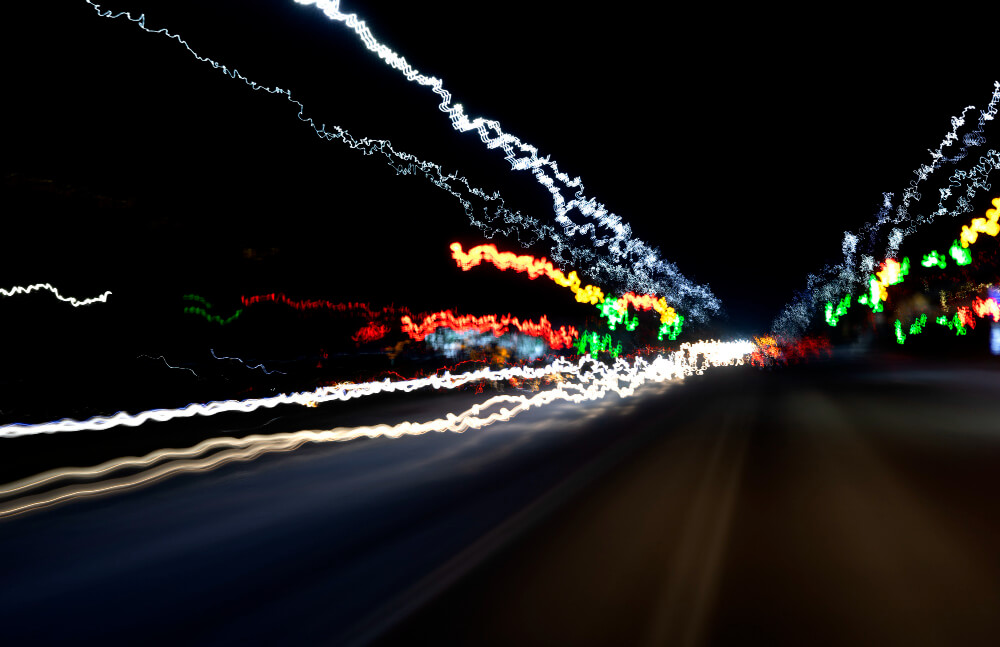LiDAR DEM Correction In Channel Profiles
Our world is bustling with activity, with natural wonders and human creations. Have you ever wondered how geoscientists map the Earth’s surface with such accuracy? With the help of Light Detection and Ranging (Lidar) technology, they can create high-resolution digital elevation models (DEMs) to study various landforms and hydrological features. However, the raw Lidar data often contain systematic errors that need correction. Lidar DEM correction in Channel Profiles.
This article will discuss Lidar DEM correction in channel profiles and its significance in understanding river morphology and sediment transport.
What Are Digital Elevation Models (DEM)?
Digital Elevation Models, commonly called DEMs, are raster GIS layers that provide a grid representation of the Earth’s surface. A vertical datum is a zero-elevation surface used by geodesists, scientists, and insurers.
In most situations and scales, the term DEM is used interchangeably to refer to bare earth and surface objects, as the distinction between them is insignificant. Typically, DEMs have spatial resolutions of 20 meters or more.
The size of the grid cells determines the level of detail within a DEM data file. A smaller grid spacing, or smaller cell size, results in more detailed information within the DEM file, making it an ideal choice for those seeking highly detailed modeling.
Continue Reading: https://redsensors.com/lidar-dem-correction-in-channel-profiles/


Comments
Post a Comment